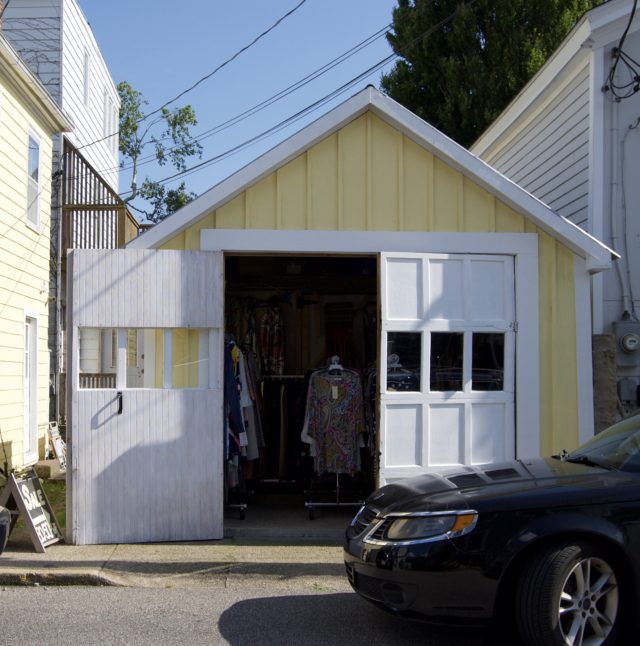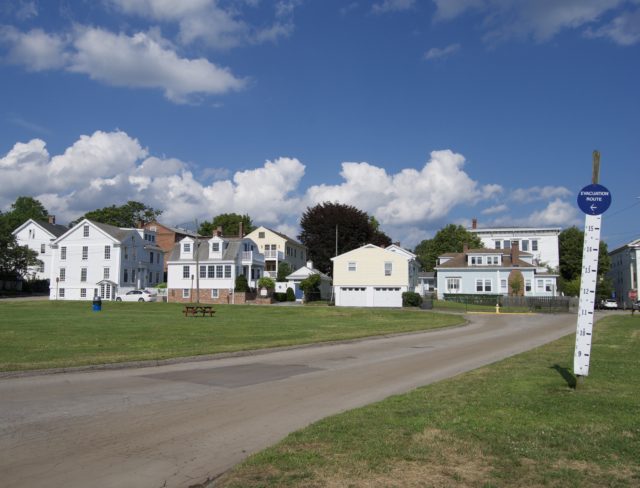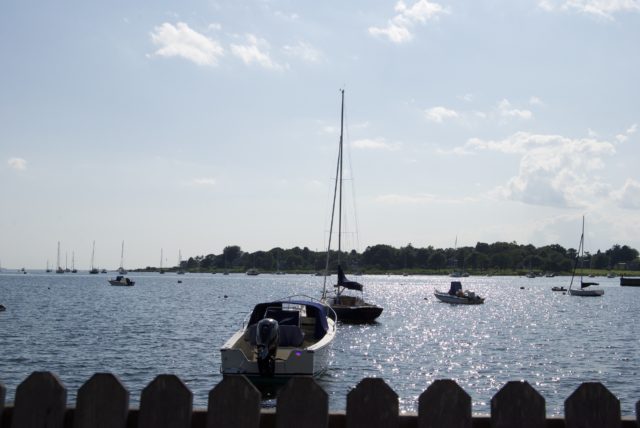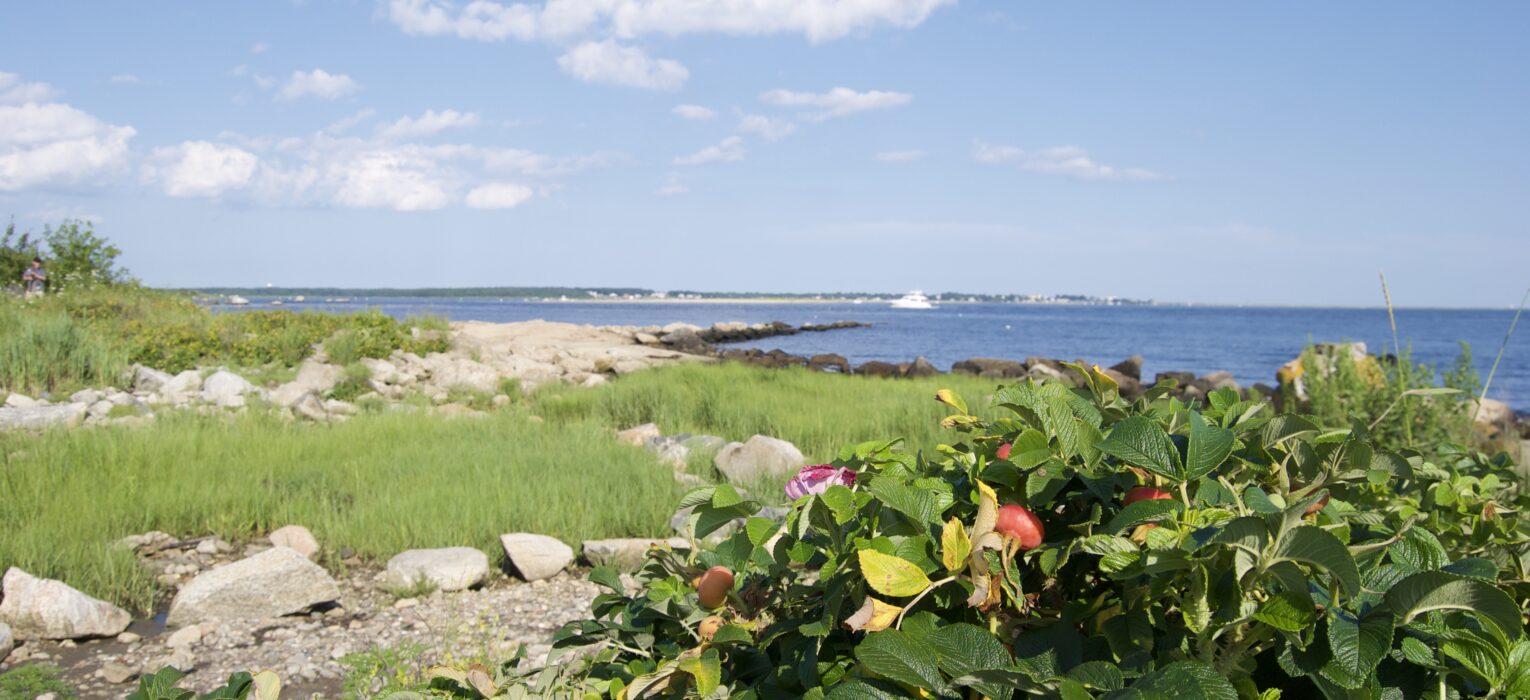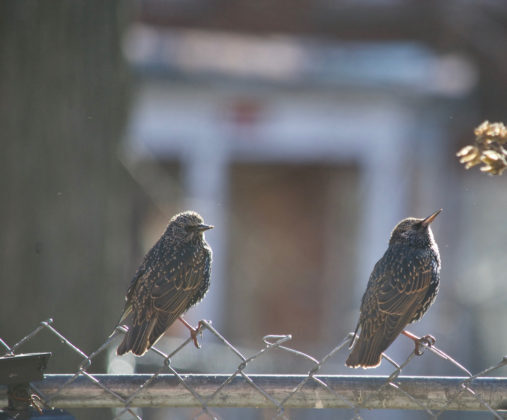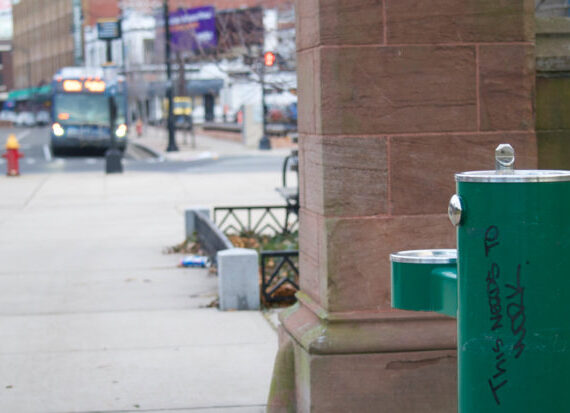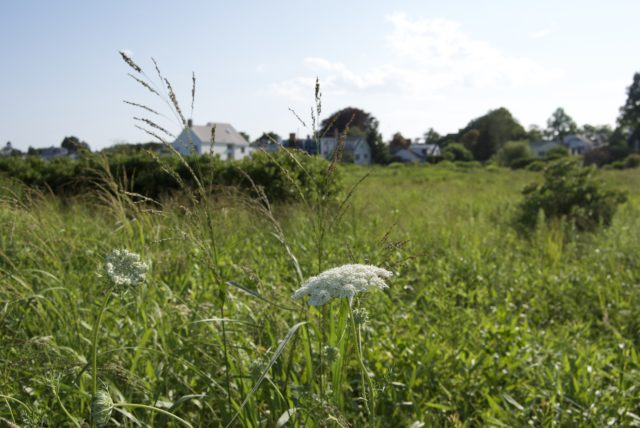
Stonington has been having a moment, but visiting only to Instagram a lobster roll is doing it wrong.
First, some history.
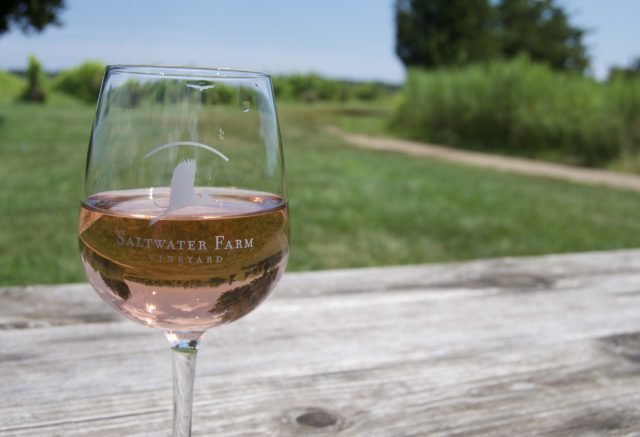
Born in England, William Chesebrough¹ relocated from the Plymouth Colony to be the first European to set up residence in the Wequetequock area of Stonington in 1649, this whole time thinking it was within the bounds of Massachusetts. Oops! He got himself summoned and had to travel to Hartford to explain himself. Promising to bring a crew and start a town got him back in Connecticut colony’s good graces, but those in New London weren’t crazy about having another development so nearby. It’s like when hipsters move into a neighborhood and then get grouchy when other hipsters move in a few blocks over, and before you know it, there are endless zoning battles.
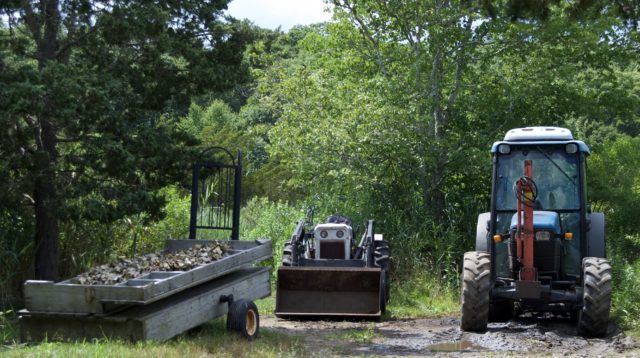
Still, Chesebrough must have been convincing. The next year, a trading post was built in the Pawcatuck section. A little while after that, Walter Palmer succumbed to the nagging of his bud, Chesebrough, and moved to the area of Wequetequock Cove. The ‘bro got enough people here so they could begin applying to incorporate around 1654, but it was not smooth sailing. New London was like, “nah.” The “Inhabitats of Mistic and Pawcatuck” continued to petition away, turning to Massachusetts. Calling the former Pequot territory between the Mystic and Pawcatuck Rivers “Southerton” or “Southertown,” they joined Suffolk County, Massachusetts. A few years of town building ensued, and then in 1662, Connecticut got another charter from King Charles II, placing Southertown within the boundaries of Connecticut. Massachusetts put up no fight. Snug in the southeastern corner of the state, Stonington gets extra points for ditching that first generic and stuffy name. It became Mystic. That lasted one year before becoming Stonington.
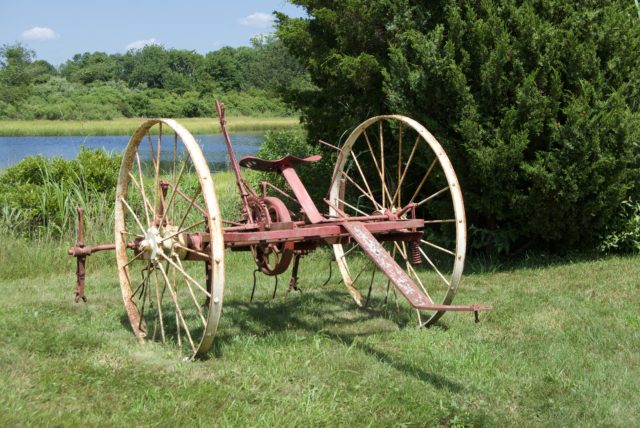
Why Stonington?
The subsistence farms had impressive rock harvests every year.
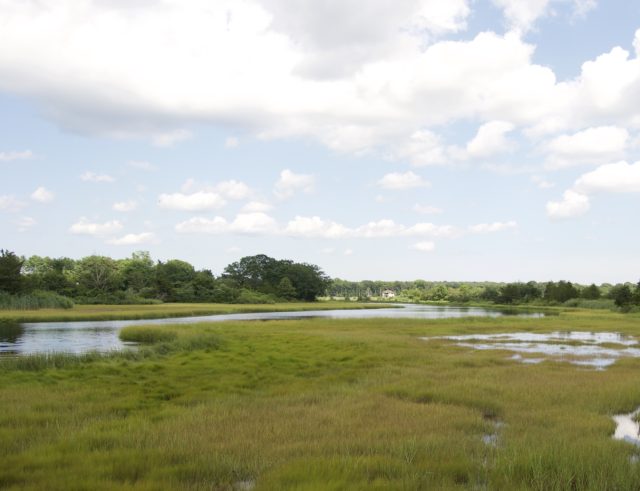
When people stay put in an area for awhile, stone markers begin to accumulate. It is possible to stumble across a number of small cemeteries in town, including a small pox cemetery, one in the Barn Island WMA, and one next to Wimpfheimer Park, which if you don’t know, is by the former American Velvet Mill. The Wequetequock Burial Ground² on Palmer Neck Road is Stonington’s oldest cemetery, with a monument for the town founders.
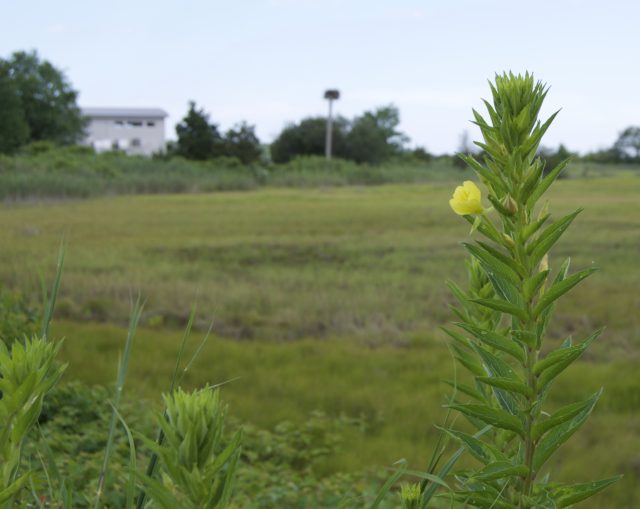
Also on that road: Avalonia Land Conservancy’s Wequetequock Cove Preserve, and at its end, Barn Island WMA. I don’t know how many total acres or miles of trail walking you would have if you combined town parks, Barn Island, Avalonia Land Conservancy and Stonington Land Trust properties, but it’s far more than you could explore in a weekend.
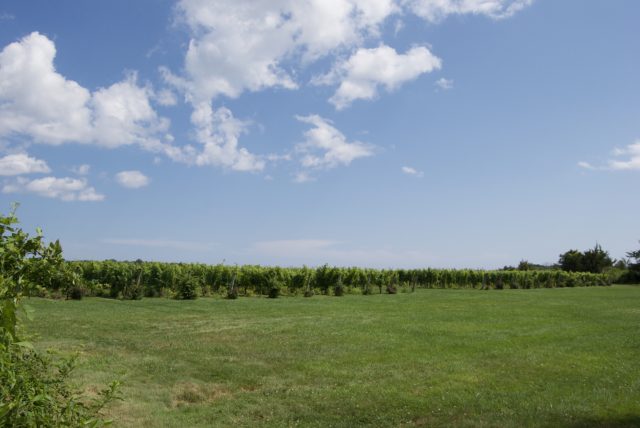
That’s part of what makes Stonington a gem. There is an endless supply of outdoorsy spaces to wander through, from marshes to woodlands to docks. You can check out glacial erratics (basically, non-native species — but rocks — that hitched a ride here via glacier) or grassland. See a former quarry. Roam old farms and orchards.
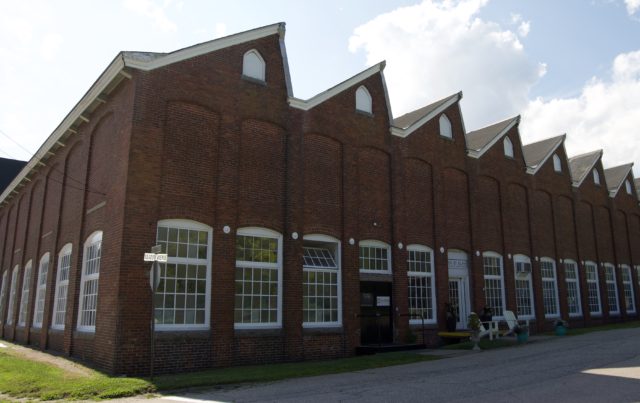
If you find yourself in the Mystic Aquarium and Seaport Museum area, you are near Coogan Farm at Denison Pequotsepos Nature Center. The farm is on 45 acres and there are regenerative gardening classes offered. Stone bridges are one of the sights along the ten miles of trails.
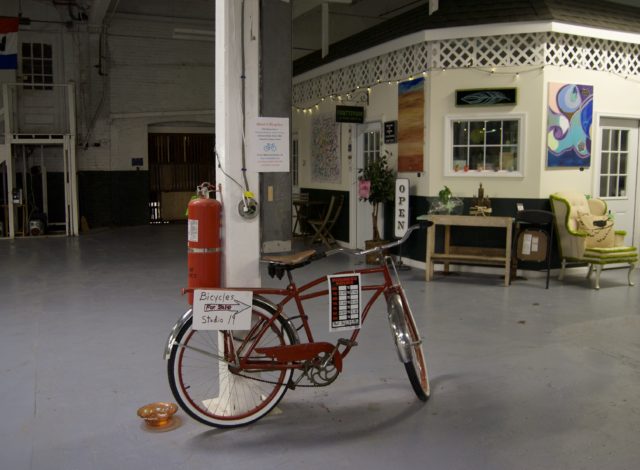
Mystic River Park, with its view of the Bascule Bridge and proximity to Mystic’s downtown shopping district, is an obvious choice for a stroll, but Wayland’s Wharf in Stonington Borough offers another chance to stroll by boats.
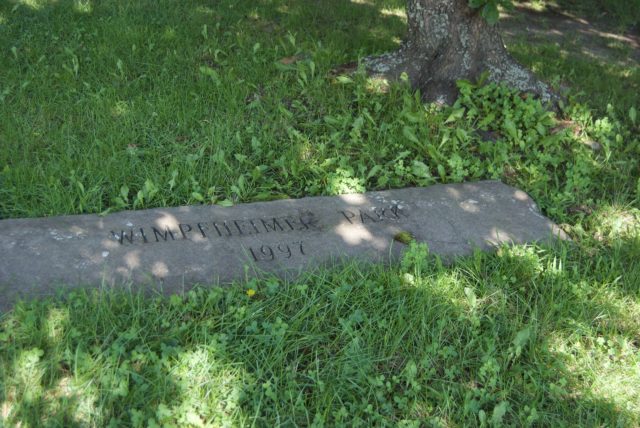
Looking for more ideas for roaming through natural areas? There’s Williams Beach in Mystic and duBois Beach in Stonington Borough. There’s Davis Farm, Knox Family Farm, Sandy Point Nature Preserve, White Cedar Swamp and Deans Mill Preserve, Paffard Woods, Fennerswood Preserve, Anguilla-Grande Preserve, and many others to choose from.
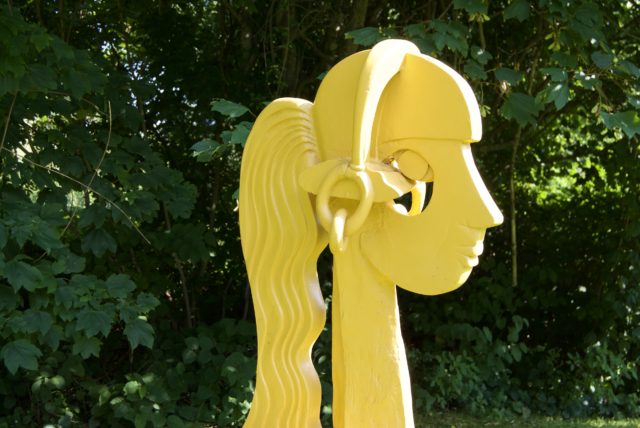
The streets of the Borough are, despite absent sidewalk in places, refreshingly walkable in comparison to other locations in Stonington. What makes this possible is the simple fact of its exceptionally narrow roads, much like what one encounters in other desirable vacation spots like Provincetown.
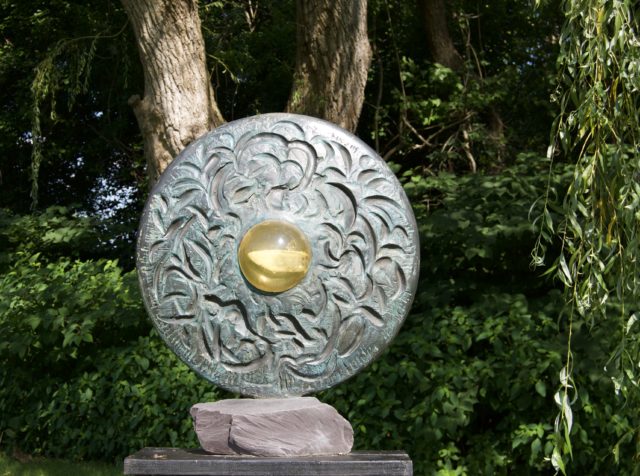
It’s easy enough to find a cup of coffee (or the best mocha ever) and set out with no agenda here, except to see what there is to see. Stonington Harbor Light now operates as the Old Lighthouse Museum. You may encounter old pottery shards or a hummingbird at the Dodge Paddock/Beal Preserve. Want more information than what you can glean with your own eyes? Historical walking tours are held from June through August for a fee.
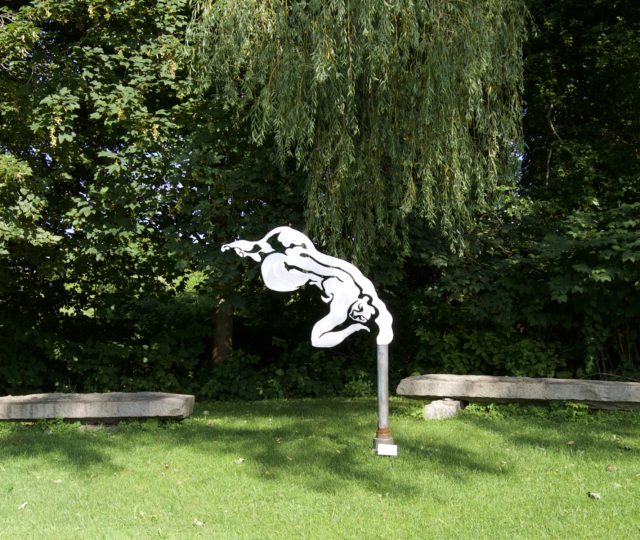
For more history, there is the Capt. Nathaniel B. Palmer House (admission includes the Old Lighthouse Museum), which would be of interest to anyone curious about seafaring or Antarctica. Seal hunting was a big deal. The industry involved finding islands full of seals, clubbing them, and then moving on to the next island once that population was depleted. Palmer and his crew were bopping around the South Atlantic to find more resources to exploit seal skins, and came upon Deception Island, Orleans Strait, and more. It’s a stretch to make the claim that Palmer was the one to discover Antarctica, but he was among the first to see it, which is still cool. And unlike other “discoveries,” Antarctica did not have an indigenous human population that had actually discovered it first.
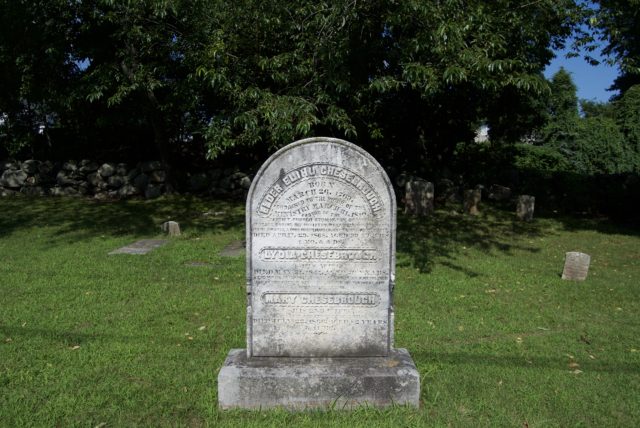
Sudden pivot away from the depressing details of whaling and sealing: Downtown Mystic has shopping, if you’re into that, but so does Stonington Borough, including the (American) Velvet Mill. This large, renovated building is a friendlier presence than it was in its previous incarnation, back in the 1960s when it was releasing soot several times a day and creating enough of a nuisance that the newspaper reported on it dirtying freshly washed, line-drying laundry in the neighborhood. Now, it is a hodgepodge of artist studios, restaurants, an antique store, flea market, pastry shop, and brewery.
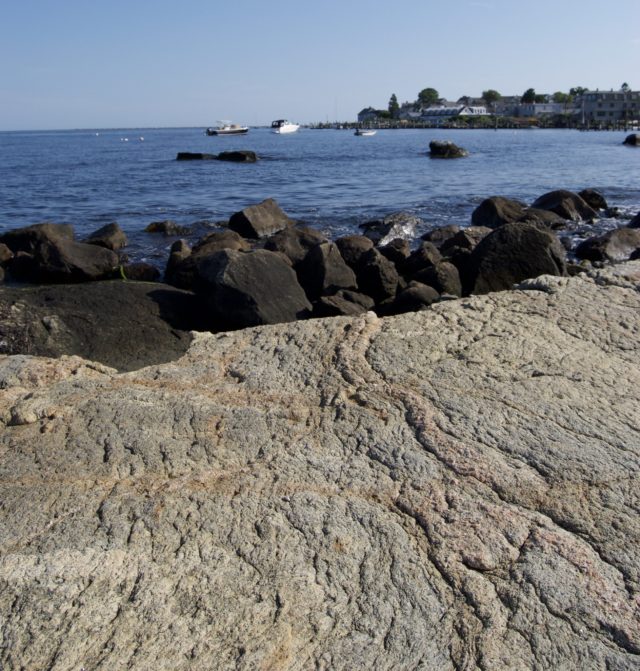
There is a second brewery in town and two vineyards. Stonington Vineyards holds yoga and painting events, while Saltwater Farm Vineyard has a view of Wequetequock Cove and a place to launch kayaks. Since there are no sidewalks in the area of Saltwater Farm Vineyard, you might as well consider boating in.
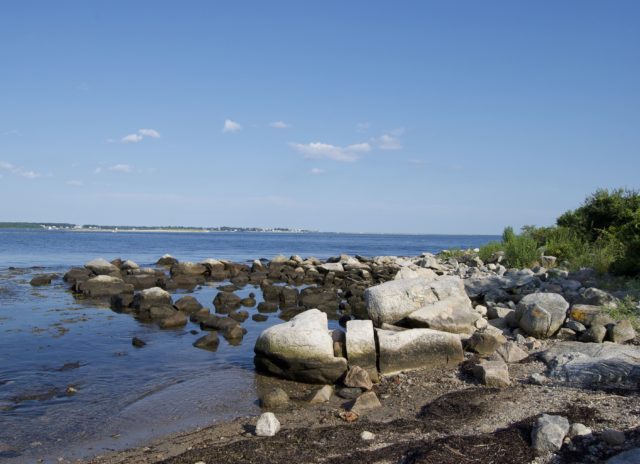
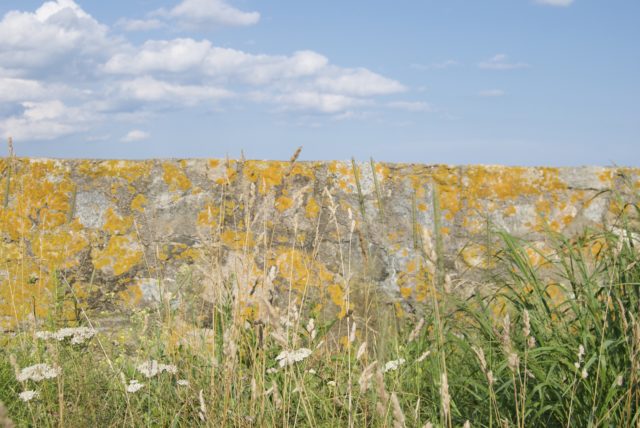
When to visit: Some events and attractions are seasonal, like the historic walking tours. Mystic Community Bikes did not operate in 2019, but had been keeping a May through November season. Saltwater Farm Vineyard is closed from January through March. Research the places you intend to visit so you aren’t stuck with a Walley World situation.
The warmer months, mainly June through September, tend to be mosquito season. At minimum, they are a nuisance. Take precautions.
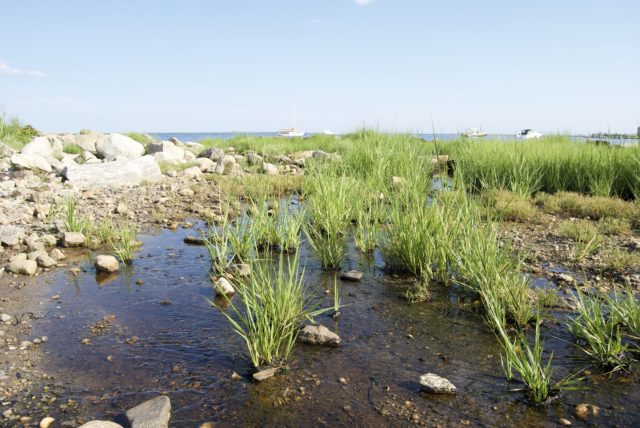
Getting there and around: From Hartford, take the train to New Haven, and then catch the Amtrak Northeast Regional to Mystic.
There was a bike share program, which went on hiatus for 2019 while some kind of long term plan was created. With that system, the closest bike distribution center to the train station was .3 miles away — sort of surprising that nothing was available right at the station. There is a bike rental place that delivers bicycles to wherever you land. Another option is to bring your own bicycle with you, but only the 65, 66, and 67 Northeast Regional trains allow bikes on board.
Bus options are limited. Southeast Area Transit District (SEAT) apparently does not provide system maps, but does have a schedule. You can get from the train station to Mystic Seaport, the Village/Aquarium area, and within two blocks of the Velvet Mill. You can put your bike on the bus. I advise using Google Street View before going if you plan to do a bus/walk combo, since some areas do not have sidewalks or even a shoulder for pedestrians.
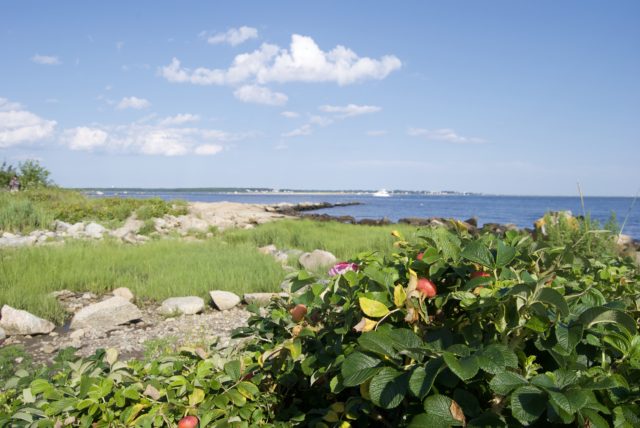
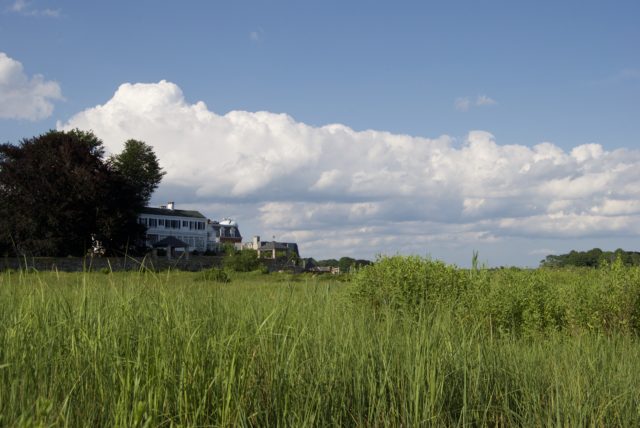
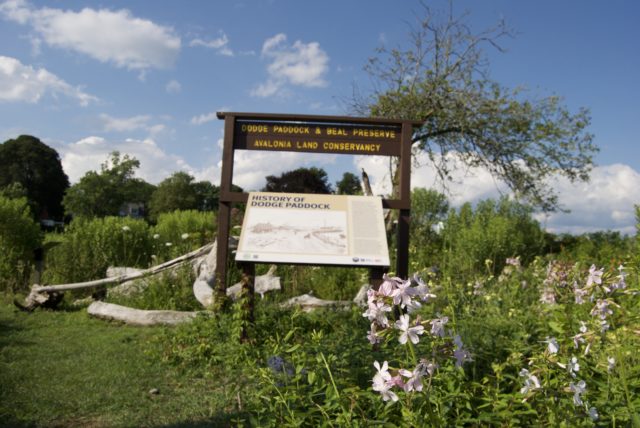
All the names: I know that I can’t keep most of the naming straight. Stonington is the overall area. There are villages, boroughs, neighborhoods, or other ways of describing different sections of Stonington, including Stonington Borough, Mystic, Old Mystic, Lords Point, Pawcatuck, and Wequetequock.
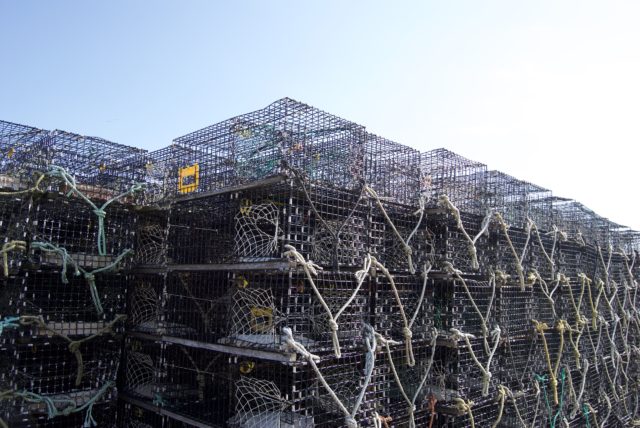
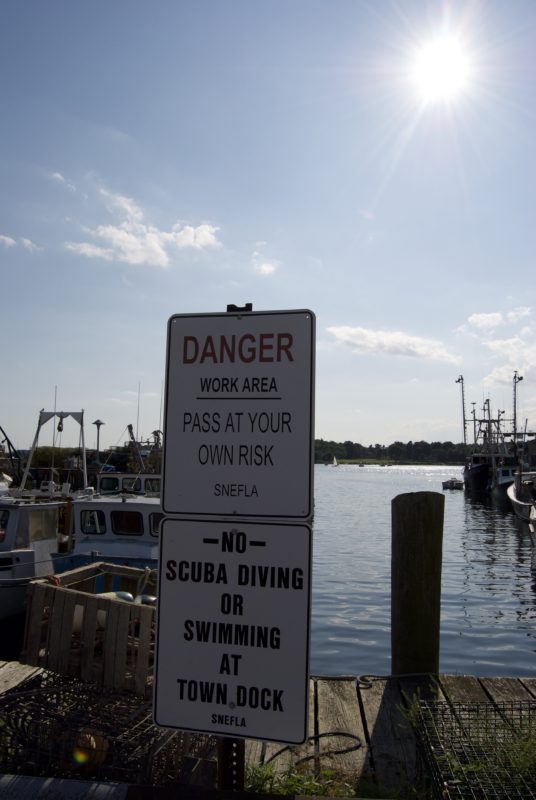
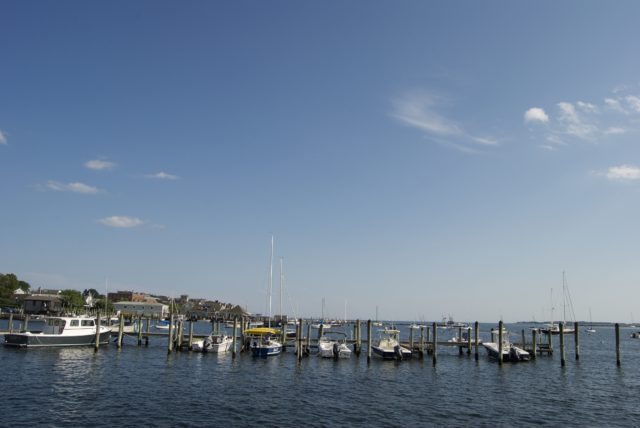
Pictured:
1. Dodge Paddock / Beal Preserve
2 -7. Saltwater Farm Vineyard
8,9. Velvet Mill
10-13, Wimpfheimer Park
14. Cheesbrough Cemetery
15-21. Dodge Paddock / Beal Preserve
22-30. Stonington Borough
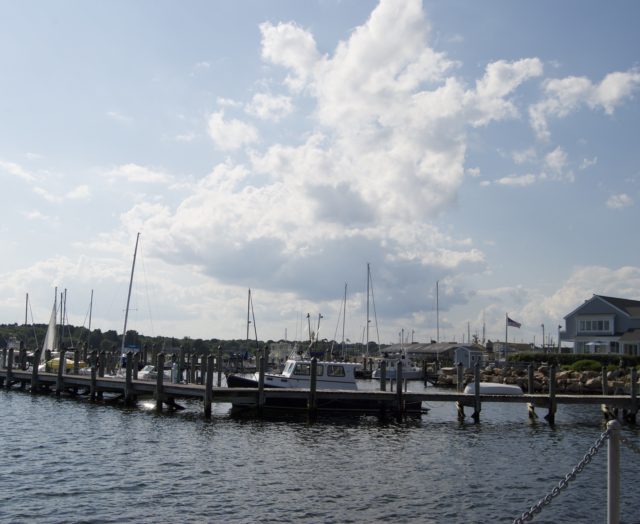
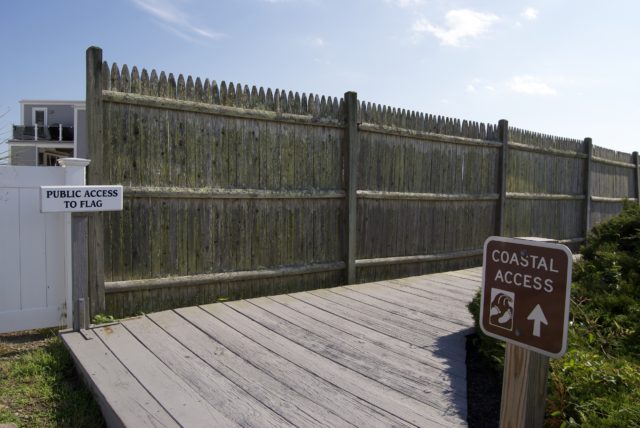
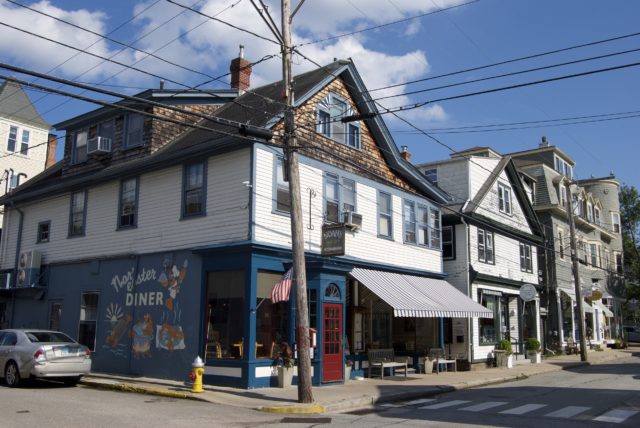
Sources: Find out more by following links, looking at archived newspaper articles, digging into science reports and dissertations, and reading old books like ¹History of the Town of Stonington, County of New London, Connecticut, from its First Settlement in 1649 to 1900, with a Genealogical Register of Stonington Families by Richard Anson Wheeler, published in 1900. Information has also been obtained by reading informational signs on trails, etc.
²I have seen the claim made that the Miner Cemetery is the oldest in Stonington, but Wequetequock Burial Ground dates back to 1650. Fight me.
